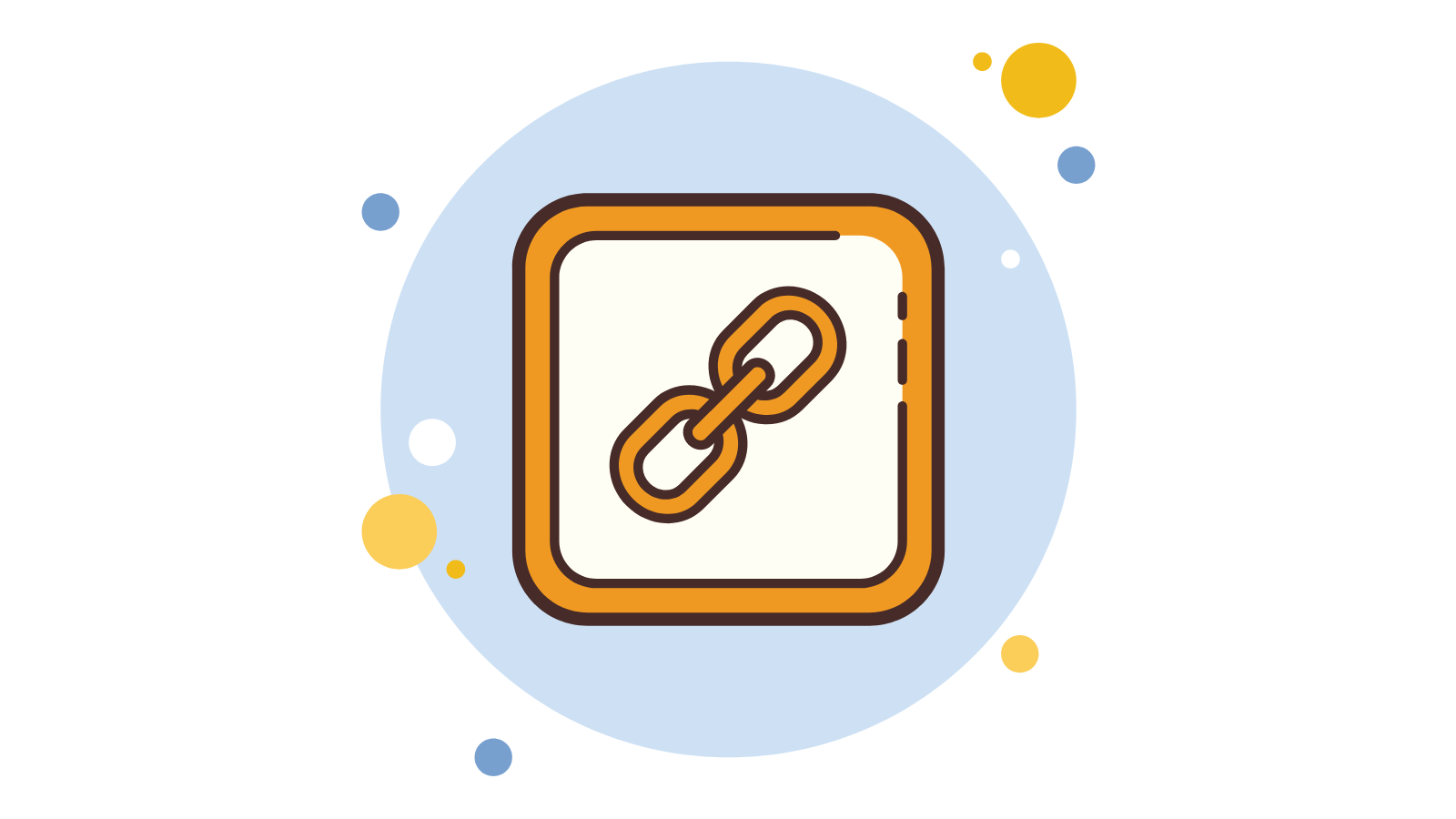Having a strong online presence is crucial for standing out and connecting with your audience especially in today’s fast-paced digital landscape, where attention spans are shorter than ever. Your link-in-bio is often the first impression potential followers, clients, or customers will have of you, making it a powerful tool for engagement.
Your link-in-bio is your digital storefront, a prime opportunity to direct your followers to the most important aspects of your online presence. It’s where you can showcase your best work, drive traffic to your website, and encourage engagement. In this post, we will explore what you should include in the “link-in-bio” to ensure it captivates and converts.
What does “Link in Bio” mean?
A “link in bio” refers to a clickable URL found in a social media profile’s bio section. This phrase became particularly popular on platforms like Instagram, where users couldn’t include clickable links within individual posts. To direct followers to specific content, they would include a link in their profile bio.
How it works:
- The user adds a link to their website, online store, or another relevant page in their bio.
- Followers can then click on this link to access the desired content.
While initially popular on Instagram, the term “link in bio” has expanded to encompass other social media platforms where users might have limited options for including clickable links within posts.
Why it’s important:
- Directs traffic: It’s a way to guide followers to specific content or platforms.
- Maximizes engagement: Encourages users to explore more of your online presence.
- Promotes products or services: Can be used to drive sales or generate leads.
Understanding your audience
Before crafting your link-in-bio, it’s crucial to deeply understand your target audience. This involves more than just identifying demographics; it’s about delving into their interests, preferences, and behaviors.
Who is your audience?
- Demographics: Age, gender, location, income level, education.
- Interests: Hobbies, passions, and areas of interest.
- Behaviors: Online habits, purchasing patterns, and content consumption.
What do they want from you?
- Information: Are they seeking knowledge, inspiration, or entertainment?
- Products or services: Do they have specific needs or desires?
- Engagement: Are they interested in connecting with you on a personal level?
How do they consume content?
- Platforms: Where do they spend most of their time online?
- Devices: Do they primarily use mobile or desktop?
- Content formats: What type of content do they prefer (images, videos, text)?
A comprehensive understanding of your audience will help you tailor your link-in-bio to deliver the most relevant and engaging content. For example, if your audience is primarily interested in your products, you might prioritize links to your online store and purchase options. On the other hand, if your audience values educational content, you could focus on linking to blog posts or informative resources.
Essential links to include
- Website: This is the foundation of your online presence. Ensure your main website link is prominently displayed.
- Online store: If you sell products or services, link directly to your online store.
- Latest blog post or article: Highlight your most recent content to encourage engagement.
- Contact information: Provide clear contact details, such as your email or phone number.
- Social media profiles: Link to your other social media platforms to expand your reach.
- Lead magnet: Offer a valuable freebie like an ebook, checklist, or discount code to capture leads.
- Video content: If you create video content, link to your latest video or YouTube channel.
- Portfolio or showcase: Showcase your best work, whether it’s photography, design, or writing.
- Booking or appointment link: If you offer services, provide a link to book appointments or consultations.
- Donations or support: If you’re fundraising or accepting donations, include a clear call to action.
Tips for a high-performing Link-in-Bio
- Keep it concise: Avoid overwhelming your followers with too many links. Focus on the most important ones.
- Use clear and compelling language: Describe each link briefly and enticingly to encourage clicks.
- Track your performance: Use link-in-bio tools with analytics to see which links are most popular.
- Update regularly: Keep your link-in-bio fresh and relevant by updating it with new content or offers.
- Consider a dedicated landing page: For a more professional look, create a dedicated landing page with all your links.
Tools to enhance your Link-in-Bio
There are several tools available to help you create and manage your link-in-bio:
- Linktree: A popular option with various customization features.
- Short.io: Offers link management and analytics.
- Linkin.bio by Instagram: Instagram’s own built-in tool.
- Taplink: Focuses on mobile optimization and design.
In conclusion, your link-in-bio is a powerful tool that can significantly impact your online presence and engagement. Curating the links you share and utilizing the right platforms can effectively direct your audience to the most relevant aspects of your brand. Remember to keep your link-in-bio concise, visually appealing, and regularly updated to maximize its impact. Experiment with different link combinations and track your performance to identify what resonates best with your audience.

